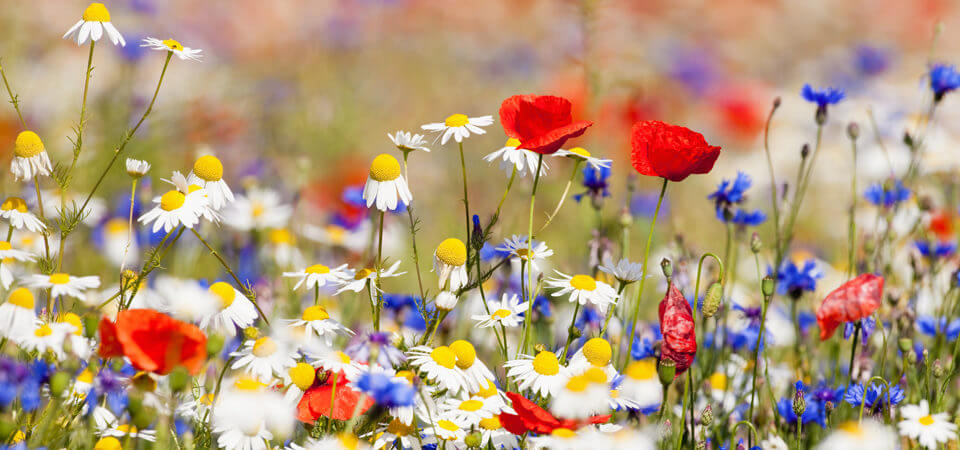Be a wildlife warrior with our tips for creating a nature-lover’s garden!
Posted on July 8, 2019 | Education, Information, PropertyMake your garden a haven for British wildlife and help us hang on to our native species.
British wildlife is having a tough time. The gradual erosion of wild spaces is leading to a creeping loss of the natural habitat and threatening the survival of many native species. While it will take an act of concerted national will to pause and reverse this trend, there’s still plenty we homeowners can do to make a difference.
It’s estimated that there are more than 20 million gardens in the UK – that’s a lot of space! At Russell Armer, we’re determined to do everything we can to promote the proliferation of wildlife, including incorporating bio-diversity areas wherever possible; our developments always have a net addition of trees. Whatever the size of your plot, if you can set aside an area dedicated to attracting wildlife, you can provide a link to a larger landscape mosaic, linking green spaces in urban settings to the countryside. With many species – from beetles to bats – in decline, creating a haven for them in your garden could be the start of the fight-back for great British wildlife.
Build green boundaries
Fences and walls provide a quick fix when it comes to establishing garden boundaries. But if you can establish a living hedge (even in a small corner of your plot), you’ll not only enjoy the flowers, berries and changing colours that come with planting native species like hawthorn, elder, beech and philadelphus, but you’ll also provide a year-round home for birds and insects. Hedges also allow nocturnal wanderers – like hedgehogs – to pass between gardens. If you already have fences or walls, consider installing ‘hedgehog highways’ in them to accommodate these delightful creatures – Russell Armer is already including them in developments in Penrith and Kirkby Lonsdale!
Plan a pond
Every garden should have a water feature. A wildlife pond is a nature-savvy choice and – because it can be relatively shallow – it’s a more family friendly option* than a fishpond, for example. Once established, a natural pond will be a magnet for newts, dragonflies and pond skaters, while you’ll also be providing a reservoir for birds. Marginal plants like marsh marigolds, irises and mint not only look heavenly but are also good sources of nectar for insects. Make sure the edges are gently sloping to allow frogs and other amphibians to get in and out easily.
Set up feeding stations
If you want to attract birds into your garden, try to provide a range of winter food sources that they can’t resist visiting. Hanging feeders filled with sunflower seeds and fat balls will tempt finches and tits, while a feeding platform (raised high enough off the ground to deter cats) will cater for blackbirds and robins. Hedgehogs will benefit from extra food, too. Meaty cat or dog food, cat biscuits and special hedgehog food are all suitable but avoid feeding mealworm as they can lead to vitamin and mineral deficiencies. Consider creating a simple feeding station in a plastic storage box with a 13cm square doorway to deter other animals – include a bowl of water (not milk) alongside the food.
Relax!
One of the easiest and best ways to encourage wildlife into your garden is by designating an area that you leave to its own devices. If you have a large garden, leave some of it unmown and unweeded – perhaps seed it with annuals like poppies, daisies and cornflowers – so that mini-beasts can find a home and small mammals flourish. A log pile is great for hedgehogs looking to make nest and also doubles as a bug hotel. Try to garden as organically as possible: avoid weedkillers, slug pellets and other harmful chemicals.
*Young children should always be closely supervised around ponds or water features.

